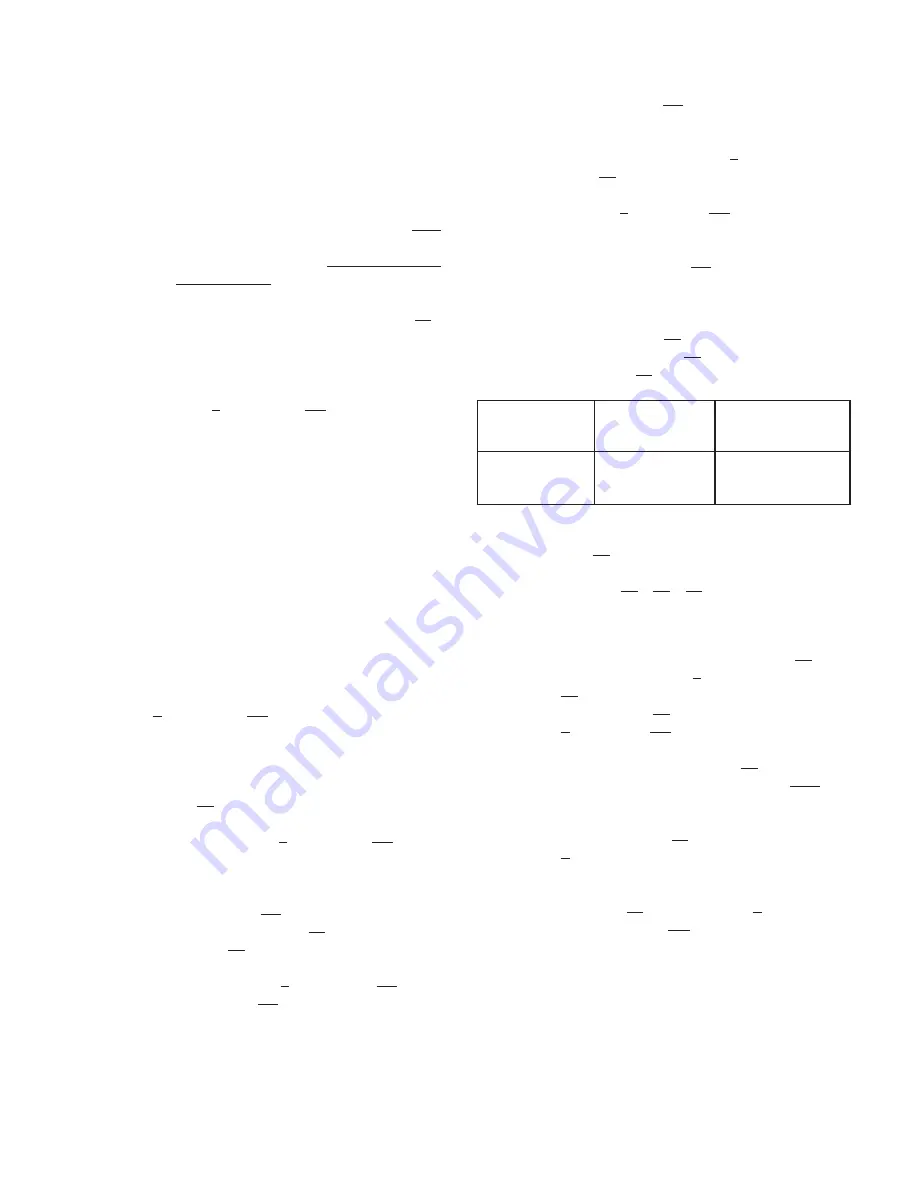
IOM-48
6
4. For ATO-FC valve action, it is necessary to
remove the “stem windup”.
a. Rotate manual handwheel operator
(MHWO) handwheel (58.1) ap prox i mate ly
1-3 revolutions CW (viewed from above
handwheel) until interconnecting arm and
stem linkage (5, 10) of actuator “relax”.
b. Pressurize actuator casing (1) only
until the in ter con nect ing arm and stem
linkage (5,10) “relax”. DO NOT OVER-
PRES SUR IZE.
NOTE:
Do not remove the drive coupling ((32))
unless required
.
5. Remove ball bearing (18), both bearing
fl
ang es
(19) and indicator spacer (17) over shaft-end
(Ranger (7)), (Premier (3.2)).
6. For actuator with a handwheel (58), rotate
handwheel CW (viewed from above), driv-
ing the arms (5) down until the shoulder bolt
(40) clears the ears on the arm housing (4). If
actuator does not include a handwheel (58),
loosen jam nut (44) and, using a 9/16" open
end wrench, rotate the hex portion of the push
rod (10) until the shoulder bolt (40) clears the
ears on the arm housing (4).
7. Remove lock nut (46) that secures shoulder
bolt pin (40) through lever arms (5). Remove
shoulder bolt pin (40).
8. Grasp lever arms and rotate stem (Ranger
(7)), (Pre mier (3.2)) as required to pull down
and away from the lower rod end-L.H. (9) to
allow clearance to remove arms (5). Slide
subassembly consisting of both arms (5),
spacer (12) or characterization cam (Model
73N-B (12)), and two spring pins (50) out wards
and away from the arm housing (4) and over
shaft-end (Ranger (7)), (Premier (3.2)).
9. While securely holding the actuator assembly
(AA) with an overhead sling support, and the
body assembly (BA) to prevent movement,
remove the four bolts (24) that secure the
body yoke (12) to the actuator arm housing
(4). Slide the actuator assembly (AA) over the
stem-end (Ranger (7)), (Pre mier (3.2)). Lay
body assembly (BA) aside.
C. Changing Actuator Mounting Position (With
No Change in Failsafe Action).
1. Determine the desired mounting position of
actuator assembly (AA) with respect to valve
body assembly (BA) from Figures 6-9, fol low-
ing pages.
2. The valve body/bonnet (1) to valve body
yoke (12) can be rotated in four 90° incre-
ments around the centerline of the valve shaft
(Rang er (7)) (Premier (3.2)).
3. Separate the actuator assembly (AA) from
the body assembly (BA) as described in this
Sec tion, V.B.1. through V.B.9.
4. Determine if it is necessary to interchange
packing studs (21) on Ranger or Premier
Un lined, and yoke (12) attachment hex head
cap screws (19) on Rang er or Premier Un lined
per fol low ing:
5. If required, remove both packing
fl
ange stud
nuts (22) on Ranger or Premier Unlined, and
any external live-loaded packing com po nents
(Rang er (27) (28) (29)), and set both aside
carefully to prevent an “inadvertent mix ing”
of the component’s “stack-up”.
Degrees Packing
Studs
Rotary Valve
Rotation
Yoke Attach Studs
Position Change Switch of Position
Ranger,
90°,
270°
Required
Premier Unlined
180°
Not Required
Premier EZO
90°, 180°, 270°
Not Required
6. Place matchmarks between yoke (12) and
valve bon net/body (1). While holding yoke
(12) with hand, remove two cap screws (19)
and pull yoke (12) over end of stem (Ranger
(7)) (Premier (3.2)) and set aside.
7. If necessary, remove studs (21) from Ranger
or Premier Unlined body assembly (BA) and
re lo cate/in ter change as re quired.
8. Reposition yoke (12) back onto body bonnet
(1), shifted/rotated the number of degrees
re quired (i.e. 90°, 180° or 270°), using the
matchmarks to guide to correct position. Se-
cure yoke (12) to body bonnet (1) by engaging
two cap screws (19). Torque per following:
1" & 2" Rangers — 35-40 ft-lbs (47-54
N-m)
3" & 4" Premiers, lined & unlined —
75-80 ft-lbs (101-108 N-m).







































